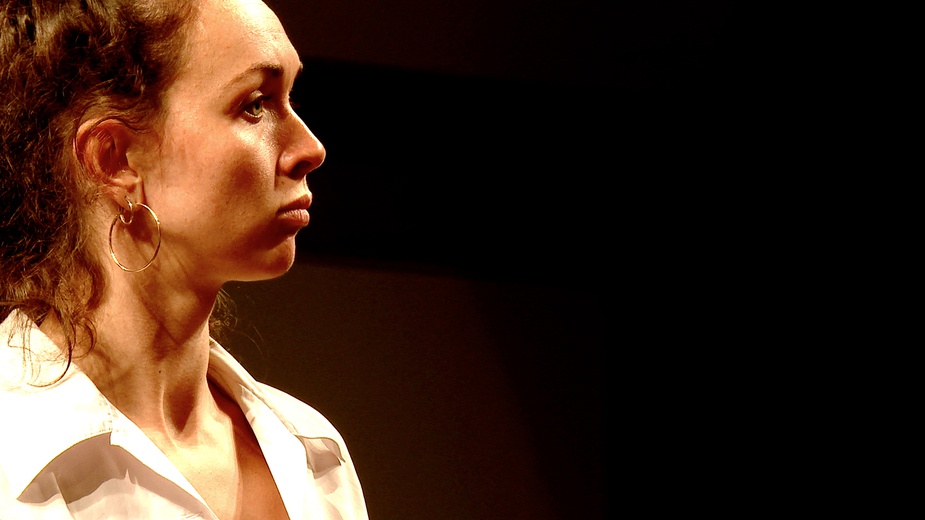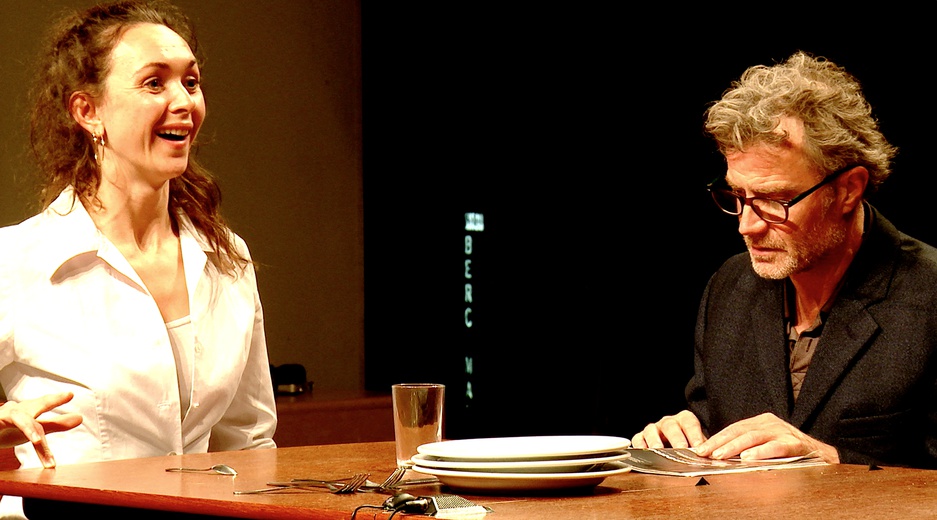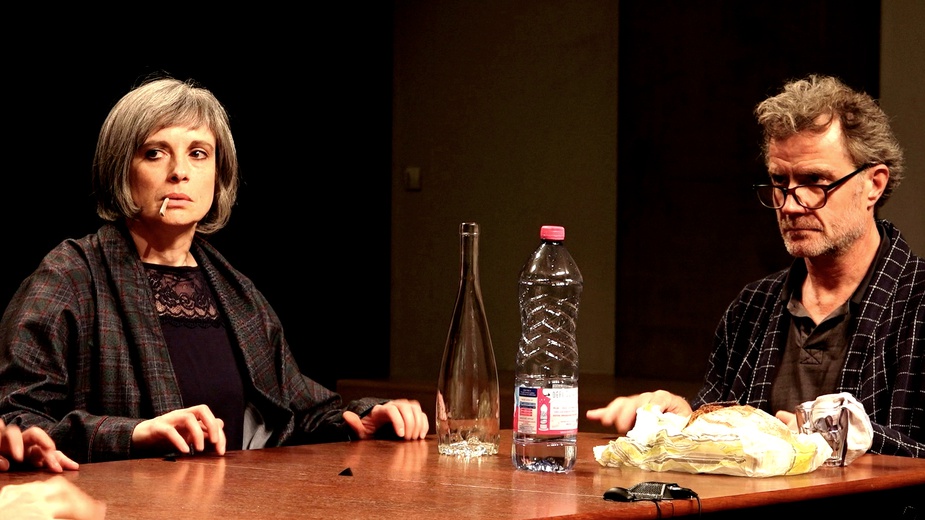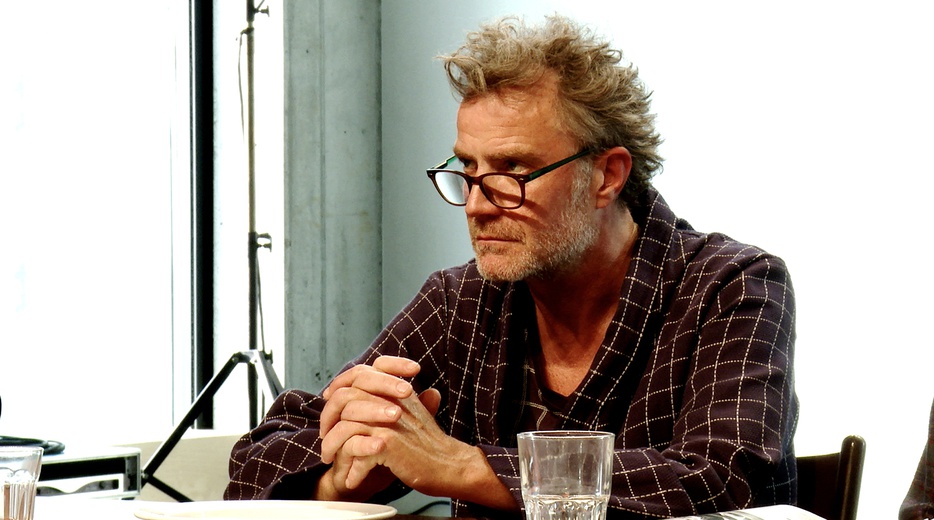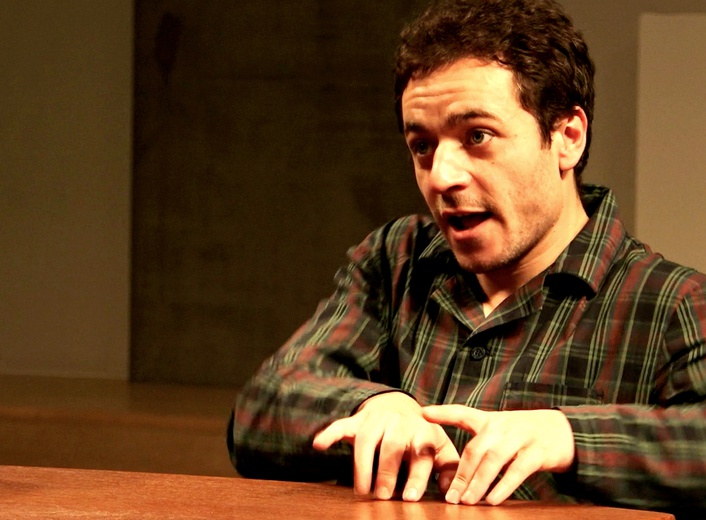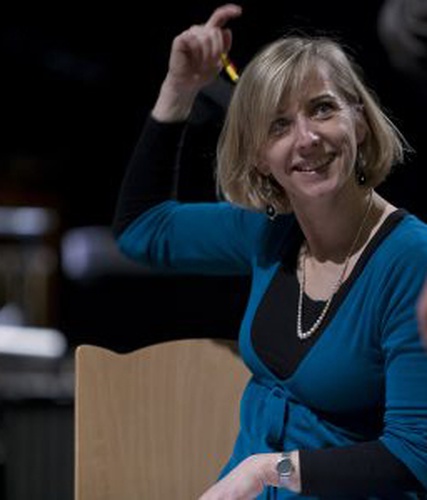Interview with Ingrid von Wantoch Rekowski
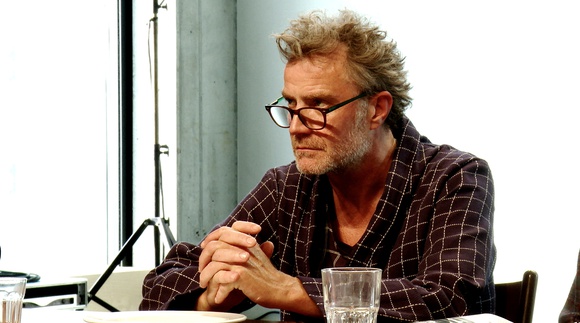 How did the idea for this project come about? Is it a reflection, certainly a unique one, on the family?
How did the idea for this project come about? Is it a reflection, certainly a unique one, on the family?
Yes, Bug is a reflection on the family, the one you have, the one you’ve created, however imperfect it may be. It’s about the desire, fantasy, subconscious and contradictions that inhabit us. With this project, I wanted to put under the family under the microscope: its everyday life, its reassuring rites, its routine. Bug tells of the contradictory feelings you can have when faced with it. The rituals that exist in a family, providing a structure yet stifling you. The need to leave it, to detach yourself from it (while being attached to it) without ever quite managing to. The family as both a cocoon and a threat.
This is the first time that you’ve worked with a script. How did you write the dialogues?
As a team, we read novels and plays and watched several films that had the family as their main theme. But it was never about envisaging Bug as an adaptation of an existing work or about writing a new play. Too much talk could have undermined what we were setting out to do. That’s why we collected snippets of the kind of anodyne conversations you have in families and that ultimately only serve the purpose of killing time. Several linguistics studies report that, on a semantic level, sixty per cent of the words we speak every day are meaningless (we abuse grammatical words or connectors in particular). So yes, we worked on these words that say nothing and these silences that say something. This simple, ordinary language that says nothing particularly special. But it’s also a language that escapes us, that betrays us until it succeeds in saying something completely different. In the novel Misgivings by the American poet C. K. Williams, there’s a magnificent sentence that sums up my intention perfectly: "The silence between parent and child, the whir through us of old emotions, the tangled chords of our misunderstandings, the chaotic scraps of never pronounced phrases of explanation and intention…"
Your set is a table. Why did you choose this?
I chose a family meal as my starting point. I think there’s something fundamental in our relationship with food. It’s more than a simple social code or agreement. Food reveals. As Anne Muxel puts it very aptly: "The table says everything, shows everything, the moods, the laughter, the tears, the laws laid down, the game of submissions and dominations. Gifts and counter-gifts. Tastes and distastes. Dramas and joys. Words and silences. The table theatricalises what is at stake and the games of exchange. Sharing the same food. Starting the same conversation or the same silence. More or less harmonious consensus. Theatre of more or less painful confrontations." So yes, a table, an enclosed space. Our stage design is inspired by tiny houses, but this will just be hinted at, the evocation of an "interior" space without ever illustrating it.
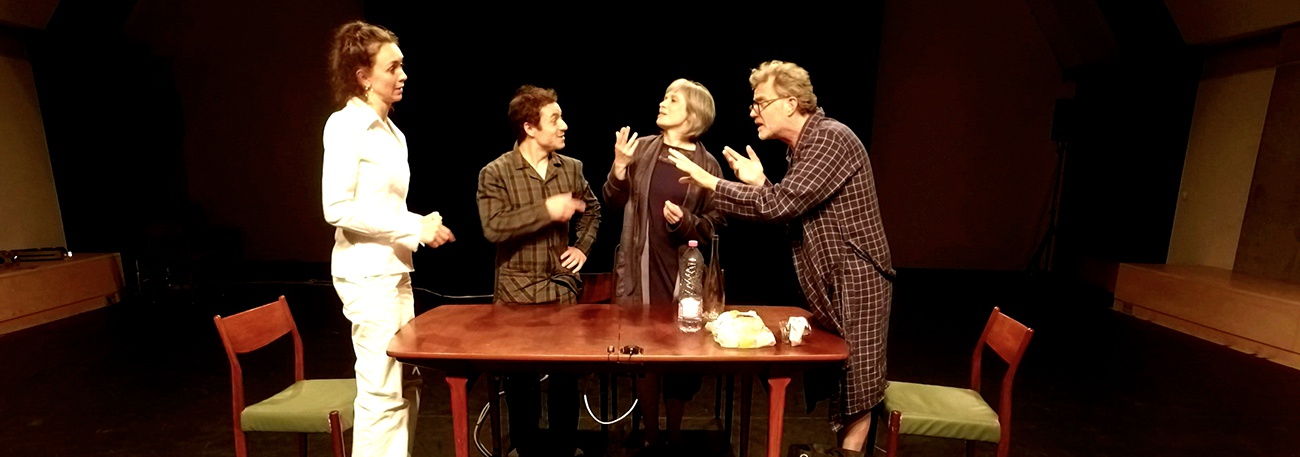
Does music play a very important role here, as it has done in your previous productions? The subtitle "Quatuor à corps" or "body quartet" would seem to confirm that it does.
Yes, Bug is inspired by the string quartet and is applying the principle behind it to theatrical sensibility. By drawing on the voices and bodies of the four performers and having their gestures imbued with rituals and odd habits, affects and emotions, it is about creating a singular physical and musical language. With this project I wanted to develop and assert the research into musical theatre that I am really interested in. IRCAM’s involvement allows us to explore the actors’ voices and bodies. How can we create and imagine an augmented voice and body? How can the actor express himself with a double voice, an inner voice, contradictory, intimate, echoing, saying what can’t be said… The technology that IRCAM has at its disposal gives us the opportunity to undertake radical research on sound. In a way it’s a challenge for me, I’m out of my comfort zone.
How are you going to work with the composers? What is their role?
To be musically relevant in terms of the writing, I’ve turned to four composers who have different sensibilities and horizons. The composers’ intervention can be summed up as follows: they deploy (i.e. they create a structure, a type of day or a type of meal) or they develop (they imagine short moments, one-off interventions, tunes, for example moments of obsession) or they propose variations (of situation, of structure or of moments imagined by the other composers or actors). However, even if it is very much written down, at every level (movement, script, expression, electronics) there is huge leeway in interpretation.
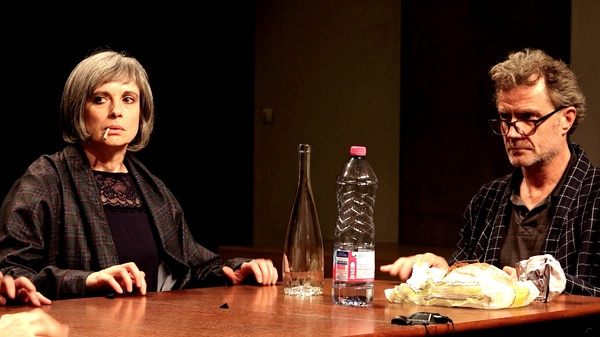 What are the fundamentals of this musical approach? What does it bring to the project?
What are the fundamentals of this musical approach? What does it bring to the project?
First of all, this musical approach allows us to scrutinise the enigma of the family as closely as possible, what is buried deep down and muffled, by avoiding the conventions of psychological theatre. Second, it is precisely through the musical processes that we’re going to show our everyday scenario, our family dinner. Time is going to expand or stretch out (stutterings, phrases that become complicated and drag on etc…) or be jerky thanks to ellipses (for example by representing the child at different ages). The gestures will be repeated or reversed, and it will be like throwing a spanner in the works. Repetition, introducing a rhythm to the gestures and phrases, loops, the fact of stopping on a certain word or a noise and the option of leaving the actors’ movements suspended will create a monstrous double, a way of revealing what isn’t being portrayed. As if the carapace of ordinary life and its basic arrangements are shattering into thousands of pieces.
You inject some motifs into the show whose recurrence testifies that they have something quite personal to do with your vocation as a director, like a post-mortem of the contradictions in our behaviours and attitudes, "the underlying intentions hidden behind our words, the monstrous beneath the civilised veneer…"
Indeed. Every gesture is studied, adjusted, cut to shape, re-done a thousand times. Certain words repeated to the point of obsession. Everyone in the family plays a role that they’ve had for a long time… But with the arrival of Her, the tensions that were brewing in the family end up shattering and the score is transformed, deformed, deconstructed endlessly to the point of upsetting its perfect mechanics, where the bodies hesitate, vacillate, stagger, dislocate, the language stumbles, the flaw takes hold, the core splits.
It feels as if you’re stripping down the family to extract the secrets that link it together… Could you explain the title for us?
Bug means insect. One of the sources of inspiration for this project, one of the works I was alluding to just now, was Kafka’s The Metamorphosis. The Metamorphosis is primarily an allegory of the trials and tribulations of the family. In his novella, Kafka explores a network of complex and contradictory tensions: communication and absence of communication; possibility and impossibility of isolation; separation and reunion of humanity and animality; inside and outside. But bug also means a defect, an error, a dysfunction. In Bug, the unexpected appearance of a fourth character, Her, dramatically changes everything. Within this family, Her becomes a factor in decomposition. Her silent presence reveals their flaws to everyone, their contradictions. They will all have to expose their demons. The family turns into an incubator of monsters (not that far removed from Pierre Paolo Pasolini’s Theorem).
By Manolo Sellati, October 2016
Linked contents
Ingrid von Wantoch Rekowski
Director
A polyphonic, spry, and poetic theater: the art of Ingrid von Wantoch Rekowski is an “art of the interstitial, of the tangent, of quirk both immaterial like music it always preceeds...

